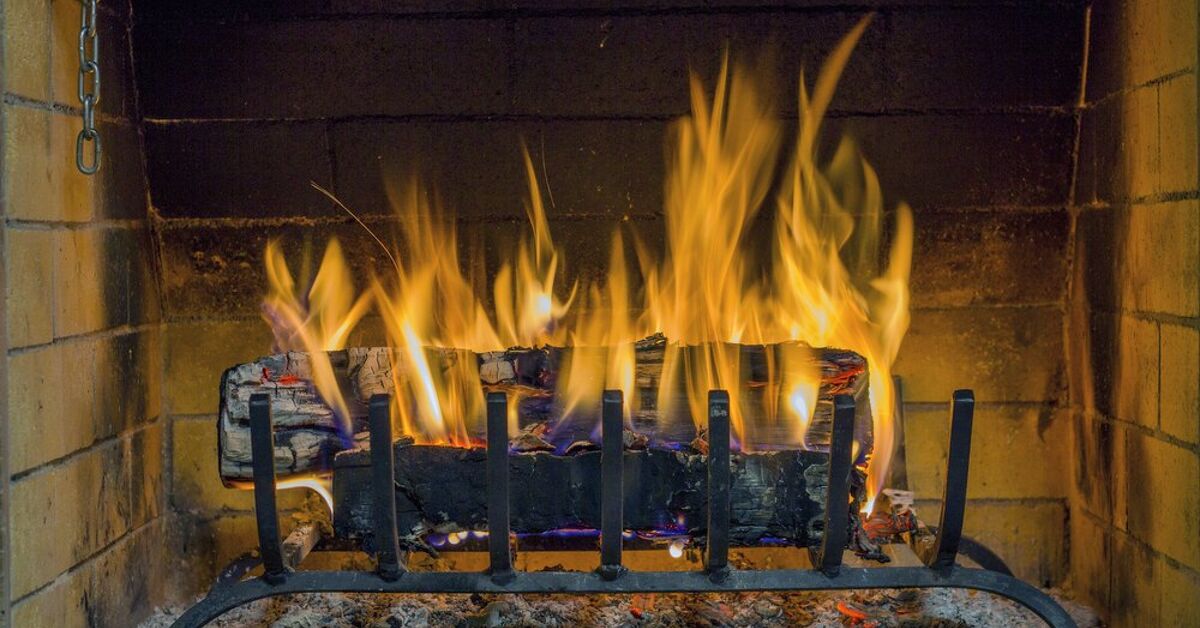

Articles
What Is The Appropriate Fireplace Grate Size
Modified: January 8, 2024
Find the perfect size grate for your fireplace with our informative articles. Learn about the best options for maximizing heat and efficiency in your home.
(Many of the links in this article redirect to a specific reviewed product. Your purchase of these products through affiliate links helps to generate commission for Storables.com, at no extra cost. Learn more)
Introduction
Choosing the right size grate for your fireplace is crucial for ensuring optimal performance and safety. A fireplace grate serves as a platform that elevates the logs, allowing air to circulate underneath and promote efficient burning. It also helps to protect the fireplace floor from excessive heat. However, selecting the correct grate size can be confusing, considering the wide range of fireplaces available in the market.
In this article, we will discuss the various factors to consider when choosing a grate for your fireplace and provide recommendations based on fireplace dimensions. We will also explore the different types of grates and their considerations, highlight the benefits of choosing the right size grate, and debunk common misconceptions surrounding grate sizes.
By the end of this article, you will have a clear understanding of what factors to consider when choosing a grate and the importance of selecting the right size for your fireplace.
Key Takeaways:
- Choosing the right size grate for your fireplace is crucial for optimal performance, safety, and aesthetics. Consider factors such as fireplace dimensions, log size, and material to enhance your fireplace experience.
- Avoid common misconceptions about grate sizes by understanding that bigger isn’t always better, grates are not one-size-fits-all, and safety is impacted by grate size. Thorough research and accurate measurements are key to selecting the perfect grate.
Factors to Consider when Choosing a Grate for a Fireplace
When it comes to selecting a grate for your fireplace, there are several important factors to consider. By taking these factors into account, you can choose a grate that will not only fit your fireplace but also enhance its performance and longevity.
1. Fireplace size: The dimensions of your fireplace play a significant role in determining the size of the grate you need. Measure the width, depth, and height of the fireplace to ensure that the grate fits properly.
2. Fireplace type: Consider the type of fireplace you have. Is it a traditional masonry fireplace, a prefabricated fireplace, or a wood-burning stove? Different types of fireplaces require different types and sizes of grates.
3. Log size: Take into account the size of the logs you typically burn in your fireplace. If you burn larger logs, you will need a grate with larger gaps between the bars to accommodate them.
4. Heat output: Consider the amount of heat you want your fireplace to generate. A larger grate with more open space between the bars allows for better airflow and increased heat output.
5. Material: Grates are available in various materials, including cast iron, steel, and stainless steel. Each material has its own advantages and considerations, such as durability, heat resistance, and maintenance requirements.
6. Aesthetics: While functionality is essential, don’t forget to consider the aesthetic appeal of the grate. Choose a design and finish that complements the décor and style of your fireplace and living space.
7. Budget: Set a budget for your grate purchase. Grates come in a wide price range, so consider your budgetary constraints while balancing quality and features.
By considering these factors, you can narrow down your options and choose a grate that meets both your practical and aesthetic needs, enhancing your fireplace experience.
Grate Size Recommendations based on Fireplace Dimensions
Choosing the right size grate for your fireplace is crucial for optimal performance and safety. Here are some general recommendations based on the dimensions of your fireplace:
1. Width: Measure the width of the inside of your fireplace opening. For a fireplace with a width of 30 inches or less, a grate that is approximately two-thirds the width of the opening is recommended. For larger fireplaces, consider a grate that is three-quarters the width of the opening.
2. Depth: Measure the depth of your fireplace from the front to the back wall. The grate depth should be slightly smaller than the depth of the fireplace to ensure it fits properly. Aim for a grate depth that allows a few inches of space between the back of the grate and the back wall of the fireplace.
3. Height: The height of the grate is typically determined by the height of the fireplace opening. Ideally, the grate should sit about 4-6 inches off the floor of the fireplace to allow for proper airflow. However, the height can be adjusted depending on the size of the logs and the desired aesthetic.
4. Bar spacing: The spacing between the bars on the grate is essential for airflow and burning efficiency. For standard-sized logs, a spacing of 4-5 inches between the bars is recommended. If you frequently burn larger logs, consider a grate with wider bar spacing.
It’s important to note that these recommendations are general guidelines. Fireplaces come in various sizes and designs, so it’s always a good idea to consult the manufacturer’s recommendations or seek the advice of a fireplace professional to ensure the grate fits properly and functions optimally.
Remember: It is essential to measure your fireplace accurately and consider the specific requirements of your fireplace before making a final decision on the grate size.
Types of Grates and their Considerations
When it comes to fireplace grates, there are various types available, each with its own considerations. Understanding the different types can help you make an informed decision based on your fireplace’s needs and your personal preferences. Here are some common types of grates:
- Cast Iron Grates: Cast iron grates are known for their durability and ability to withstand high heat. They provide excellent support for the logs and enhance airflow. However, they can be heavier and more expensive compared to other types. It is important to keep them properly maintained to prevent rust and prolong their lifespan.
- Steel Grates: Steel grates are lighter and less expensive than cast iron grates. They are also usually easier to clean due to their smooth surface. However, steel grates may not be as durable as cast iron and can warp or deform over time due to the high heat. Consider the thickness and quality of the steel when choosing a steel grate.
- Stainless Steel Grates: Stainless steel grates offer excellent corrosion resistance, making them suitable for outdoor fireplaces or areas with high humidity. They are durable and easy to clean, but can be more expensive than other options.
- Self-Feeding Grates: Self-feeding grates are designed with a sloped front that allows the logs to slide towards the back as they burn, ensuring a continuous fuel supply and reducing the need for constant adjustment. These grates are ideal if you prefer a longer burn time or want to minimize maintenance.
- Ember Retaining Grates: Ember retaining grates have a raised back or sides, preventing logs and embers from rolling out of the fireplace. These types of grates enhance safety and reduce the risk of sparks or embers escaping into the room. They are especially useful for homes with children or pets.
- Removable Grates: Removable grates are designed for easy cleaning and maintenance. They typically have handles or knobs that allow you to easily lift and remove the grate from the fireplace. If convenience is a priority, a removable grate may be the right choice for you.
Consider the specific needs of your fireplace, your budget, and your personal preferences when selecting the type of grate. Each type offers unique benefits and considerations, so choose the one that best suits your requirements and enhances your fireplace experience.
When choosing a grate for your fireplace, consider the size of your fireplace opening. The grate should be slightly smaller than the opening to allow for proper airflow and to prevent it from getting stuck.
Benefits of Choosing the Right Size Grate for your Fireplace
Choosing the right size grate for your fireplace offers a range of benefits that can greatly enhance your fireplace experience and improve its overall performance. Here are some key advantages of selecting the appropriate grate size:
- Efficient Heat Distribution: By choosing a grate that fits your fireplace properly, you ensure that the logs are elevated and positioned optimally for efficient air circulation. This allows for better combustion and heat distribution throughout the room.
- Improved Burning Efficiency: A properly sized grate provides adequate space between the bars for proper airflow, allowing the logs to burn more efficiently. This means you can extract more heat from each log and enjoy a longer burn time with fewer wasted materials.
- Better Airflow: The right size grate allows for proper air circulation underneath the logs, which is crucial for a clean and consistent burn. Proper airflow can help reduce the buildup of creosote and other byproducts, minimizing the risk of chimney fires and improving air quality.
- Reduced Smoke: When the logs are positioned correctly on a properly sized grate, there is better combustion and less smoke produced. This results in a cleaner and more enjoyable fireplace experience, with less smoke filling the room.
- Enhanced Safety: Choosing the right size grate helps prevent logs from rolling out of the fireplace, reducing the risk of accidental fires or injuries. It also helps protect the fireplace floor from excess heat and damage.
- Extended Lifespan of the Fireplace: Properly positioned logs on a correctly sized grate can help prevent excessive heat from damaging the walls and floor of the fireplace. By promoting even heat distribution and minimizing hotspots, you can extend the lifespan of your fireplace.
- Aesthetic Appeal: A grate that fits your fireplace properly also contributes to the overall visual appeal of the fireplace. It provides a sturdy and attractive base for the logs, enhancing the beauty and ambiance of the fire.
By selecting the right size grate for your fireplace, you can enjoy these benefits and maximize the functionality, efficiency, and safety of your fireplace. Take the time to measure and consider the specific requirements of your fireplace to ensure the grate you choose is the perfect fit.
Common Misconceptions about Grate Sizes
When it comes to choosing a grate size for a fireplace, there are several common misconceptions that can lead to confusion or poor decision-making. Here are some of the most prevalent misconceptions and the truth behind them:
- Bigger is always better: One common misconception is that a larger grate will always provide better performance. While a larger grate can enhance heat output, it’s essential to consider the dimensions of your fireplace and the size of the logs you typically burn. Choosing a grate that is too large can hinder proper airflow and lead to inefficient burning.
- One size fits all: Another misconception is that there is a standardized grate size that fits all fireplaces. In reality, fireplaces come in various sizes and configurations, requiring specific grate dimensions for optimal performance. It’s crucial to measure your fireplace and choose a grate that fits properly.
- All grates are created equal: Some people assume that all grates are essentially the same and that the size is the only factor to consider. In truth, grates can vary in design, material, and features. Different types of grates offer unique benefits and considerations. It’s important to research and choose a grate that aligns with your specific needs and preferences.
- Grate size doesn’t affect safety: Many people underestimate the impact of the grate size on safety. A grate that is too small or improperly positioned can lead to logs rolling out of the fireplace, increasing the risk of fire hazards. The right size grate ensures that logs are secure and reduces the chance of accidents.
- Grates are one-time purchases: Some homeowners believe that once they have purchased a grate, it will last indefinitely. However, grates can undergo wear and tear over time, especially when exposed to high temperatures. It’s important to regularly inspect and maintain your grate to ensure its continued performance and safety.
To avoid falling victim to these misconceptions, it’s crucial to conduct thorough research, consult fireplace experts if necessary, and consider the specific requirements of your fireplace. By doing so, you can make an informed decision and choose the right size grate that will optimize your fireplace experience and provide long-term satisfaction.
Conclusion
Choosing the right size grate for your fireplace is essential for optimal performance, safety, and overall enjoyment. By considering factors such as fireplace size, type, log size, heat output, and material, you can narrow down your options and select a grate that fits your fireplace perfectly.
Additionally, understanding the different types of grates available and their considerations can further aid in making an informed decision. Whether you opt for a cast iron, steel, stainless steel, self-feeding, ember retaining, or removable grate, each type offers unique benefits to enhance your fireplace experience.
Choosing the right size grate comes with a range of benefits, including efficient heat distribution, improved burning efficiency, better airflow, reduced smoke, enhanced safety, and an extended lifespan for your fireplace. It also contributes to the aesthetic appeal of your fireplace, adding to the overall charm and ambiance.
It’s important to remember that misconceptions about grate sizes can lead to poor decision-making. Avoid falling into traps such as assuming that bigger is always better, believing in a one-size-fits-all solution, underestimating the impact on safety, or thinking that grates are one-time purchases. Thorough research, measuring your fireplace accurately, and considering the specific requirements of your fireplace will help you select the right grate.
In conclusion, take the time to evaluate your fireplace needs and preferences, and choose a grate that fits perfectly. A well-sized grate will ensure optimal performance, efficient burning, and an enjoyable fireplace experience for years to come.
Frequently Asked Questions about What Is The Appropriate Fireplace Grate Size
Was this page helpful?
At Storables.com, we guarantee accurate and reliable information. Our content, validated by Expert Board Contributors, is crafted following stringent Editorial Policies. We're committed to providing you with well-researched, expert-backed insights for all your informational needs.
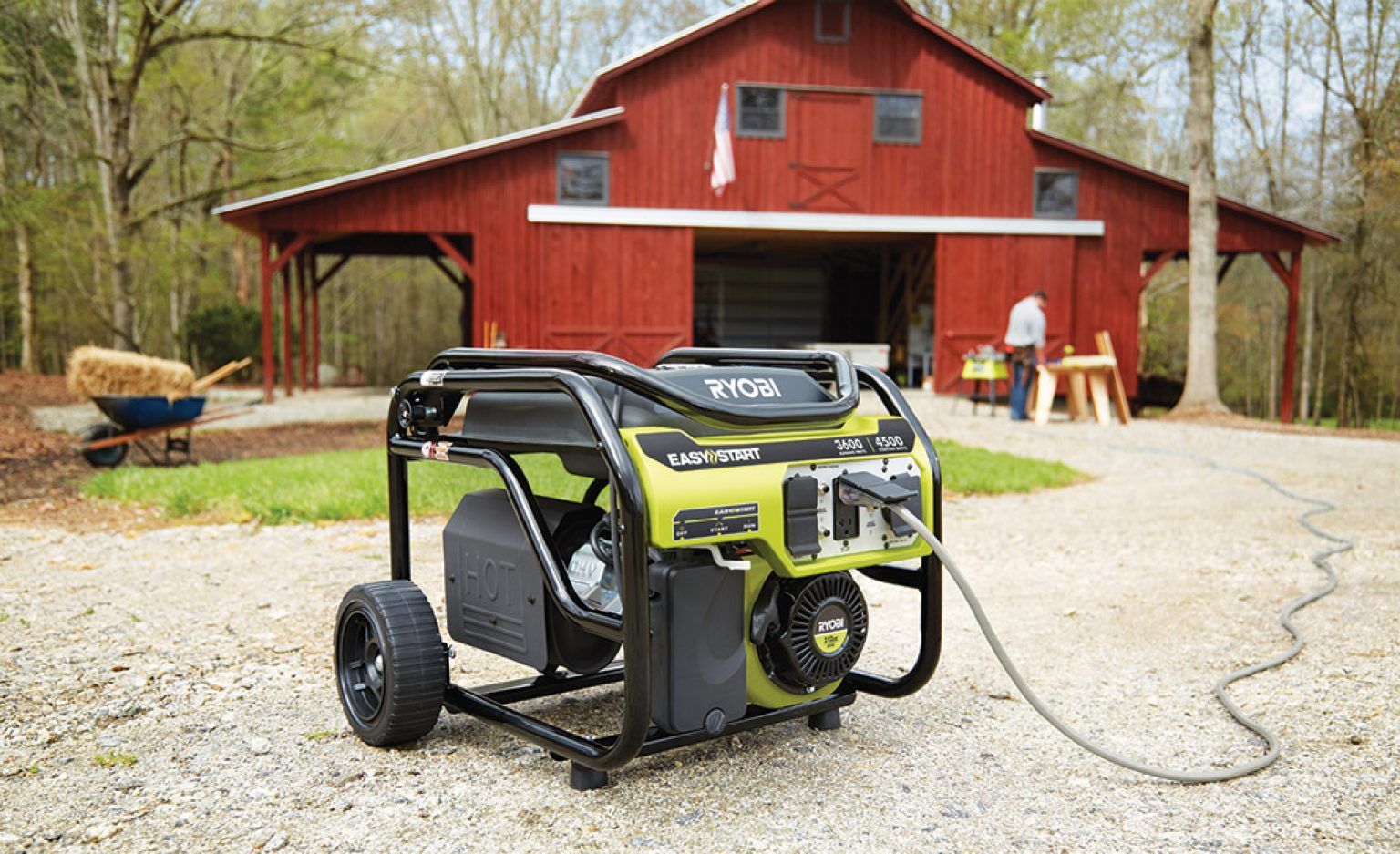
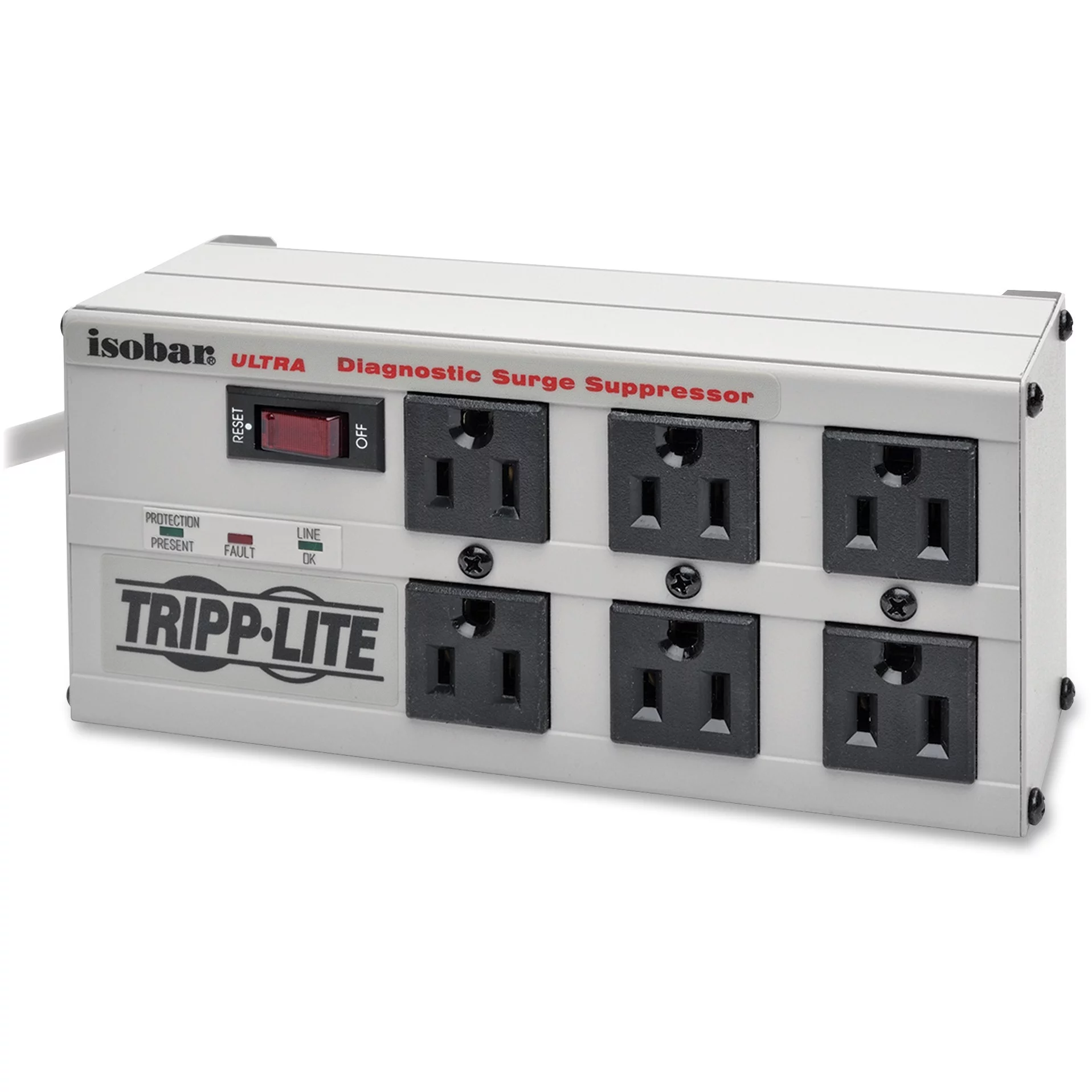
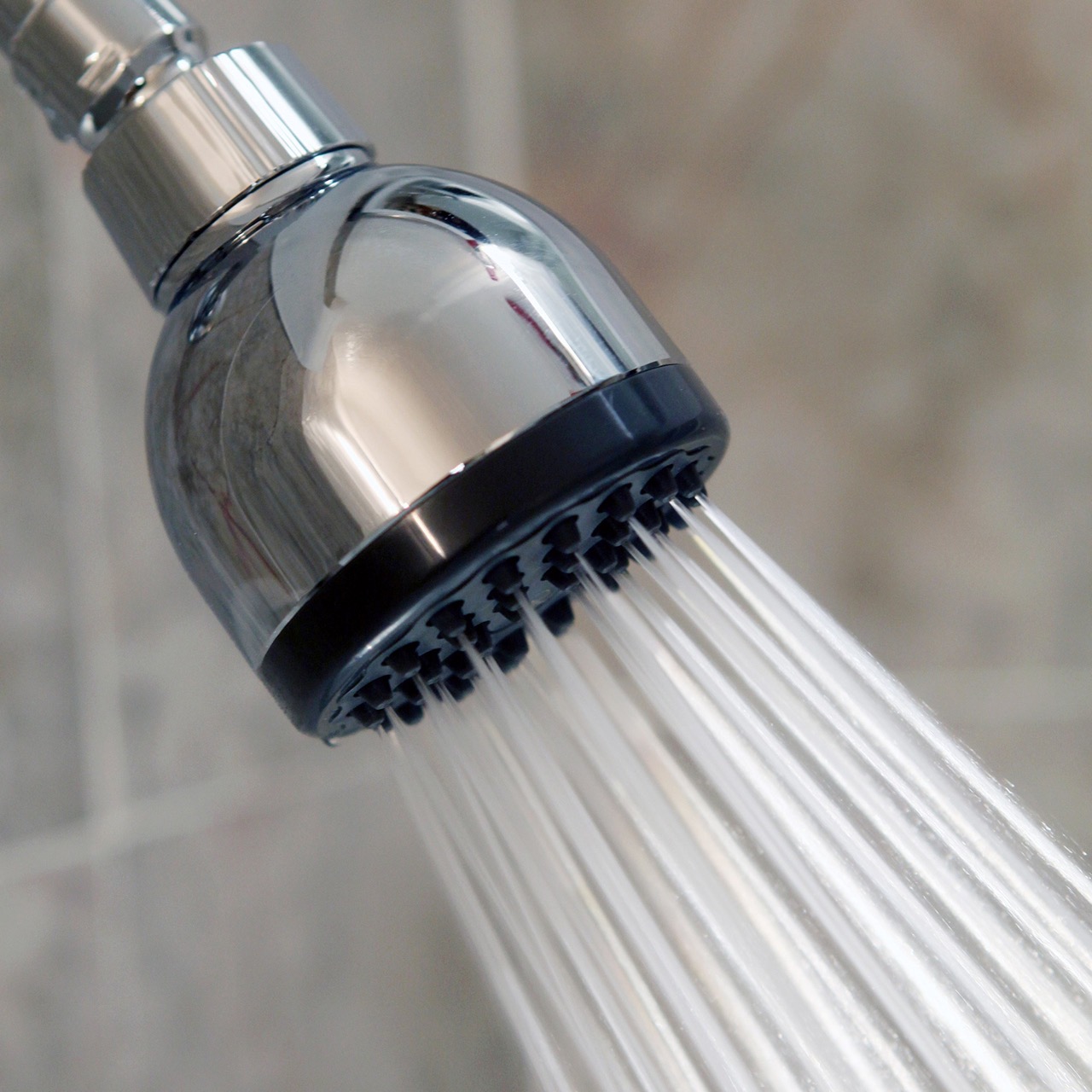
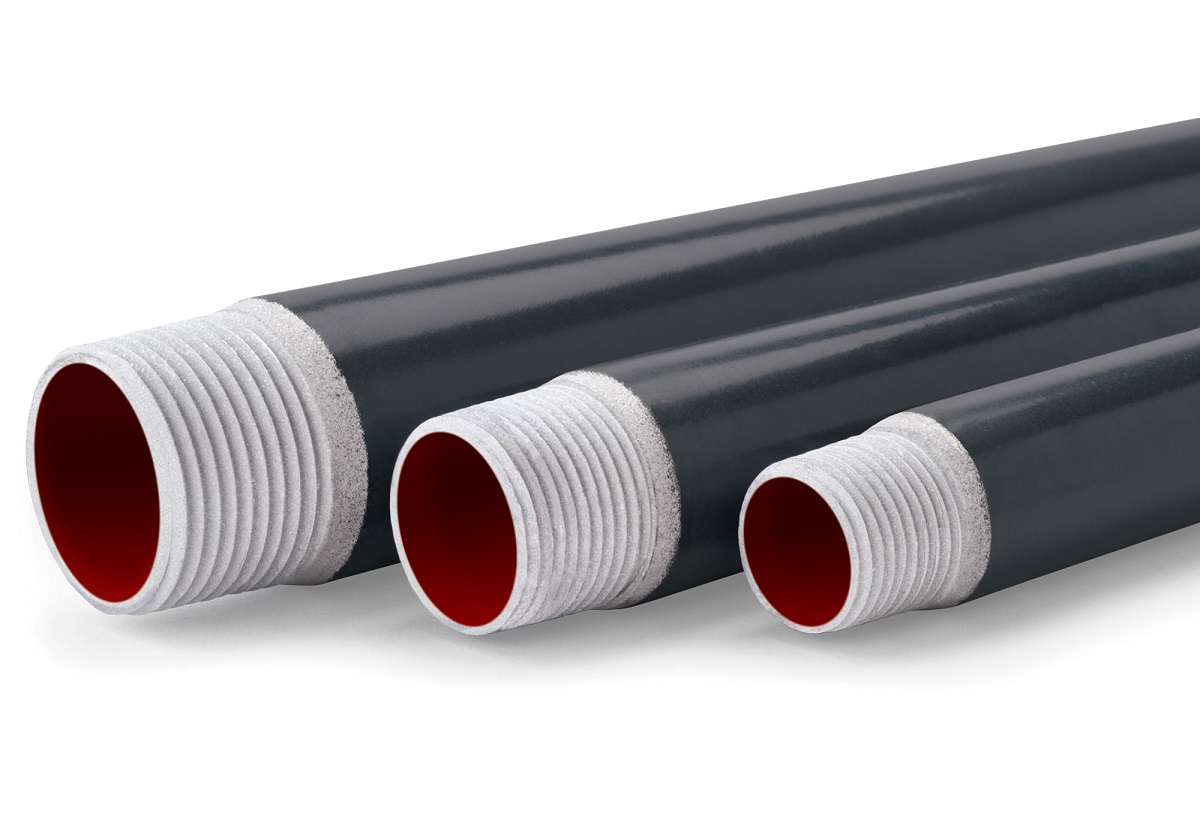
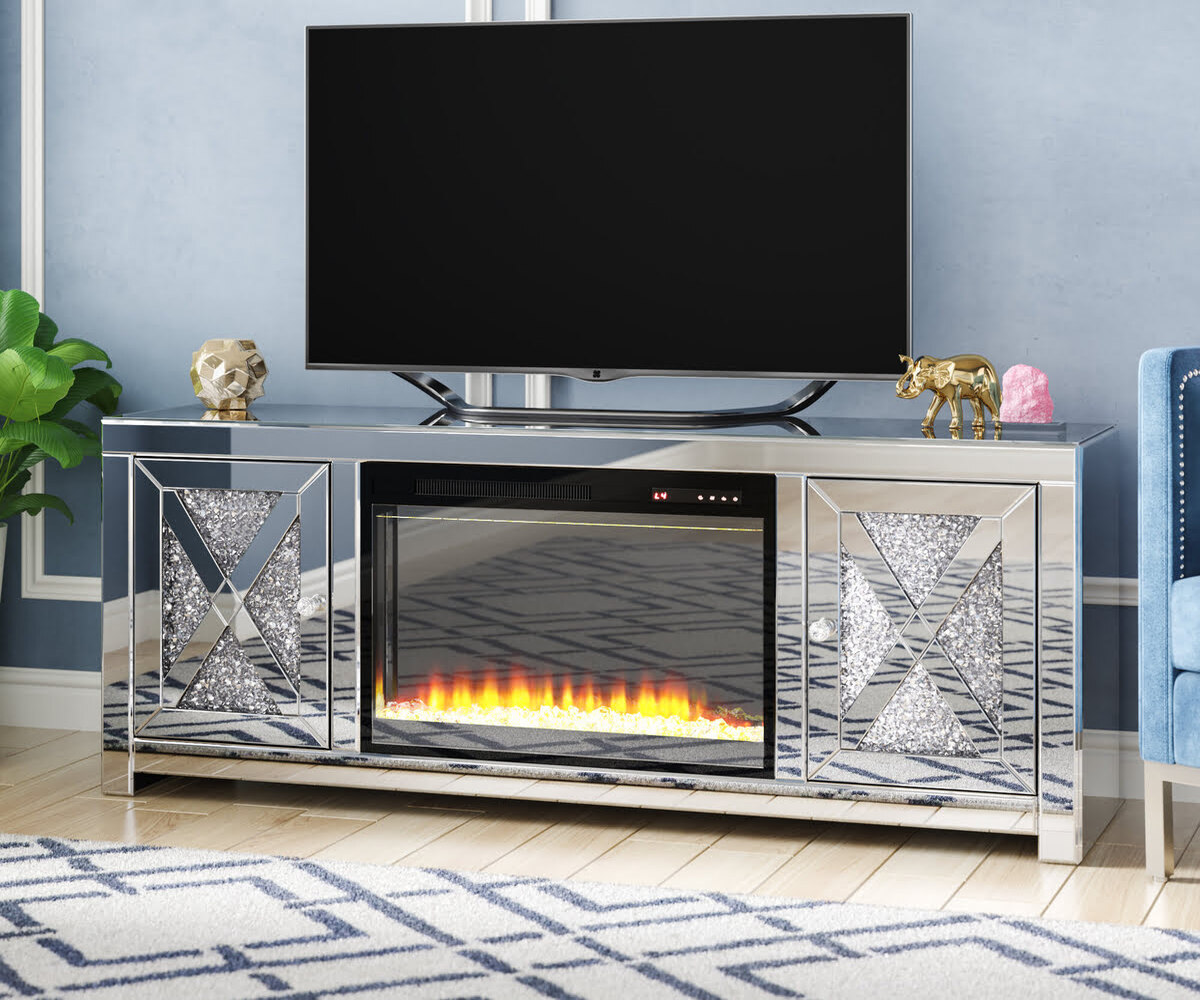

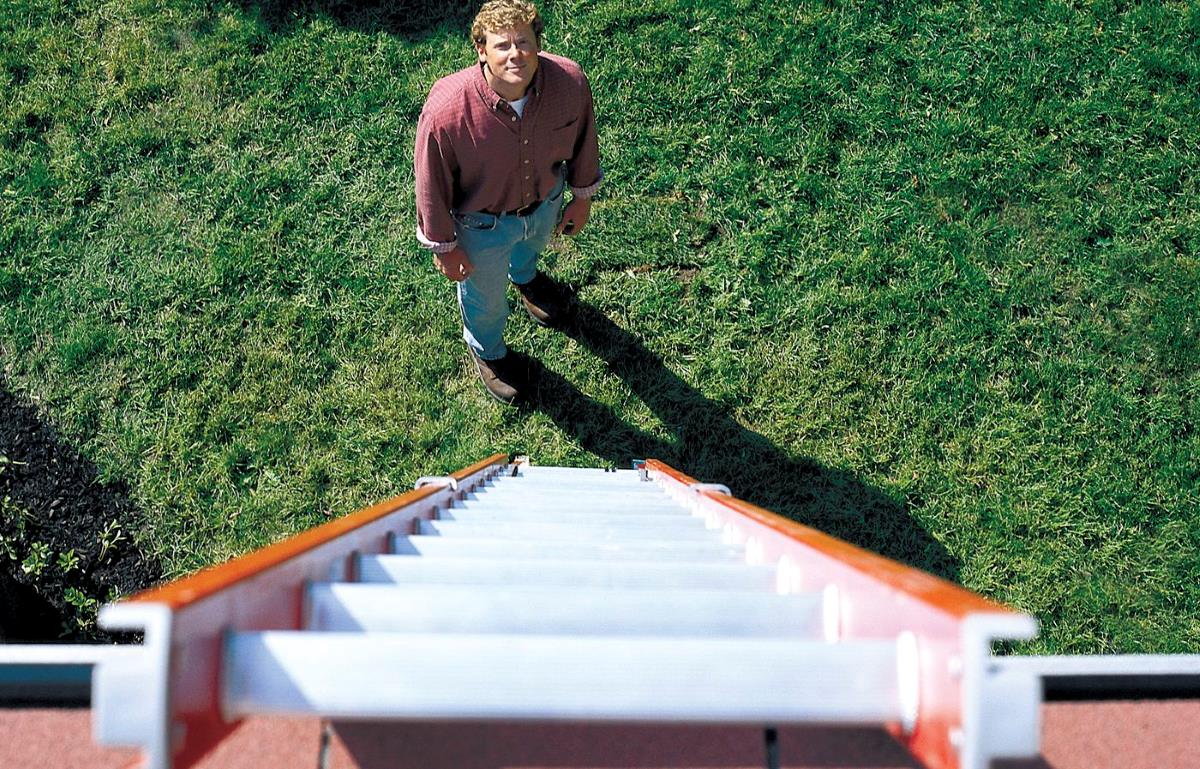
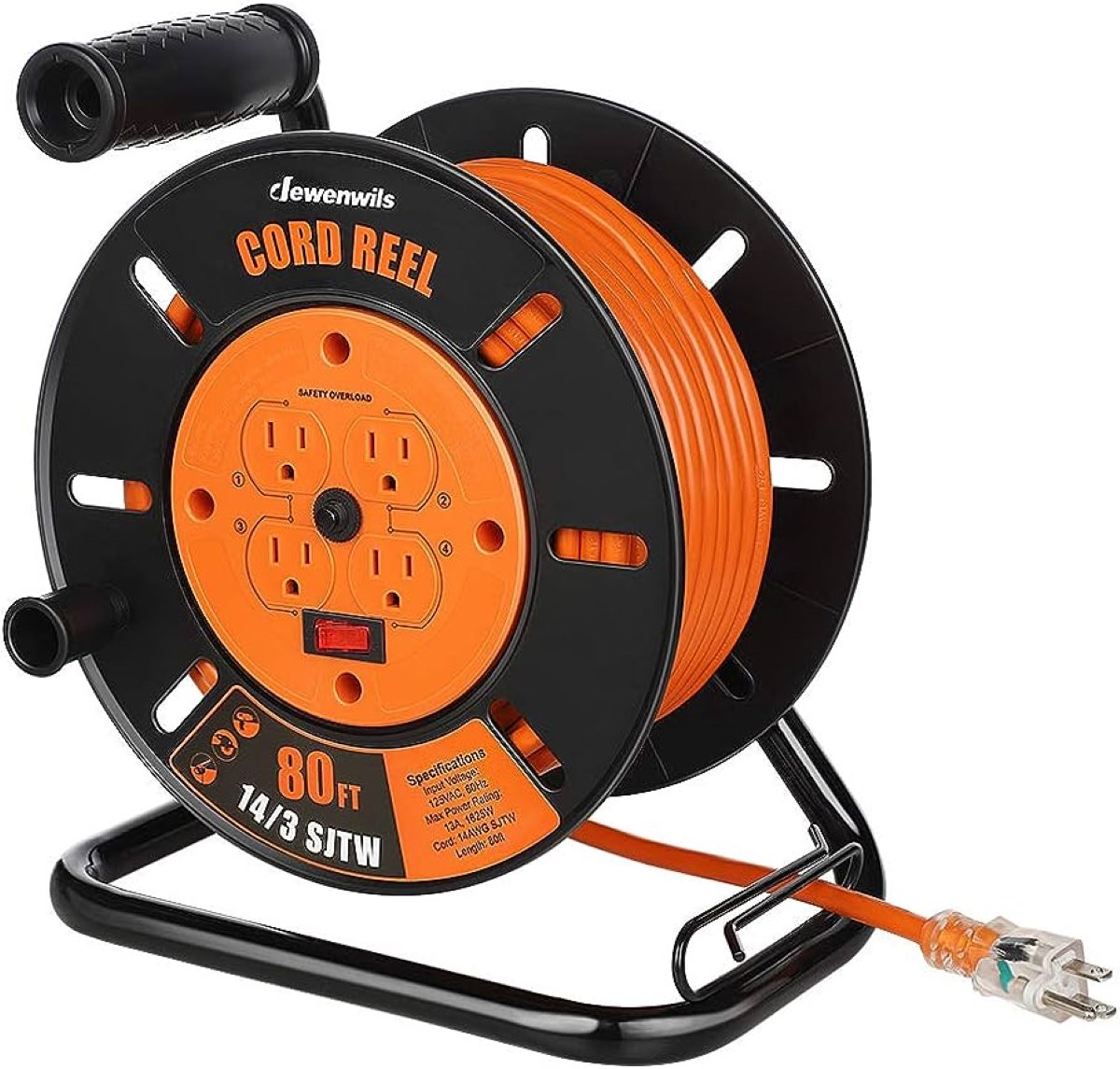

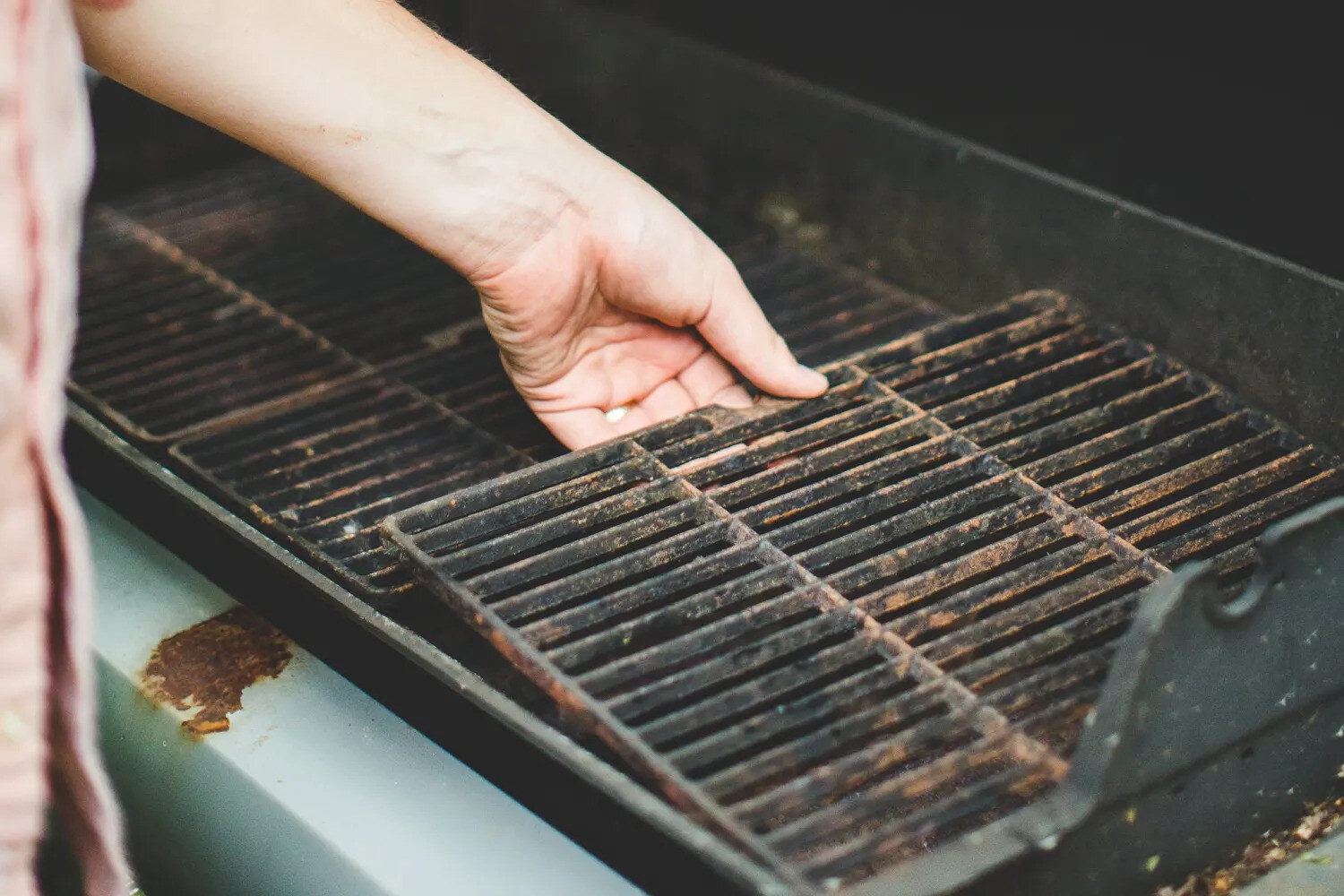
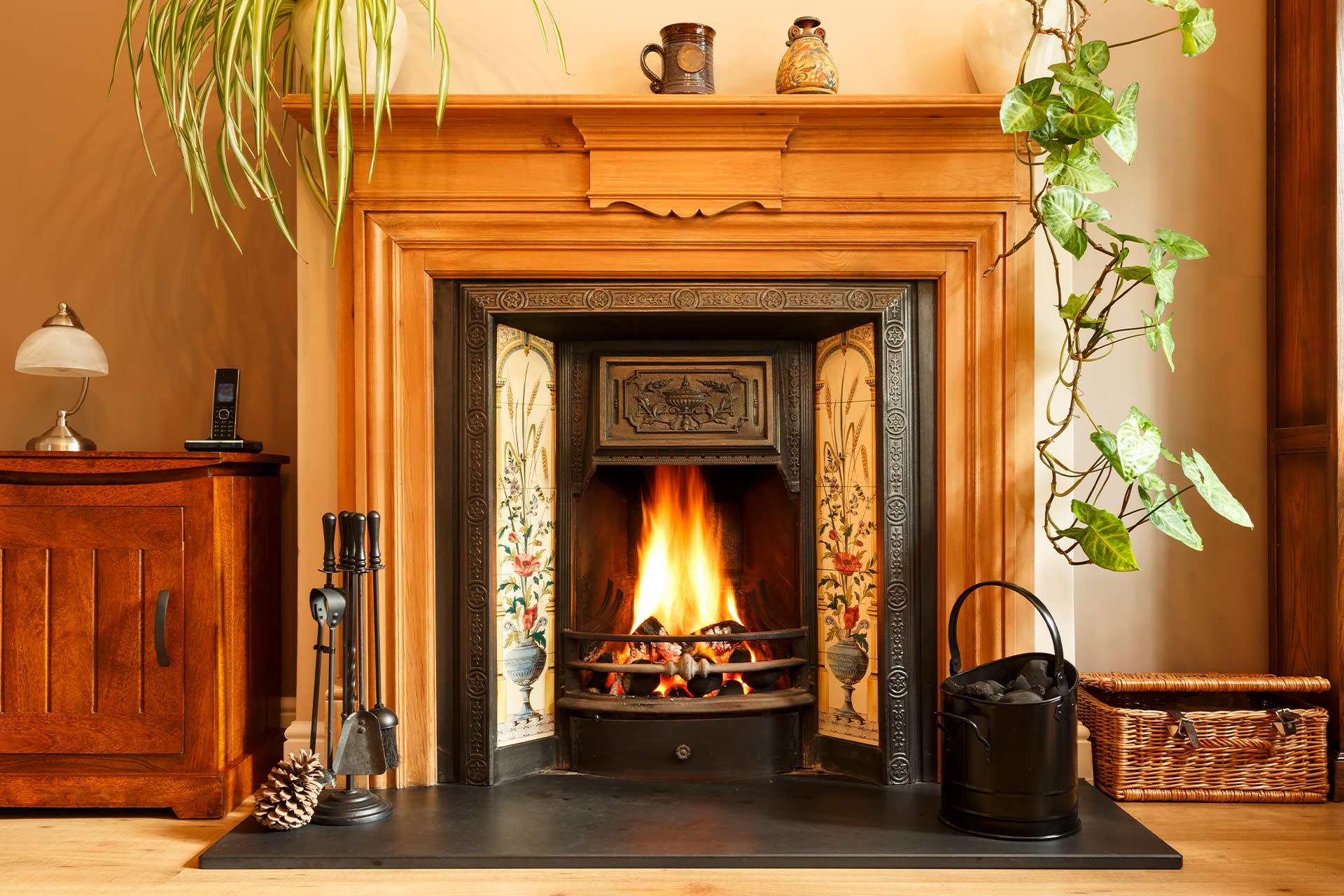
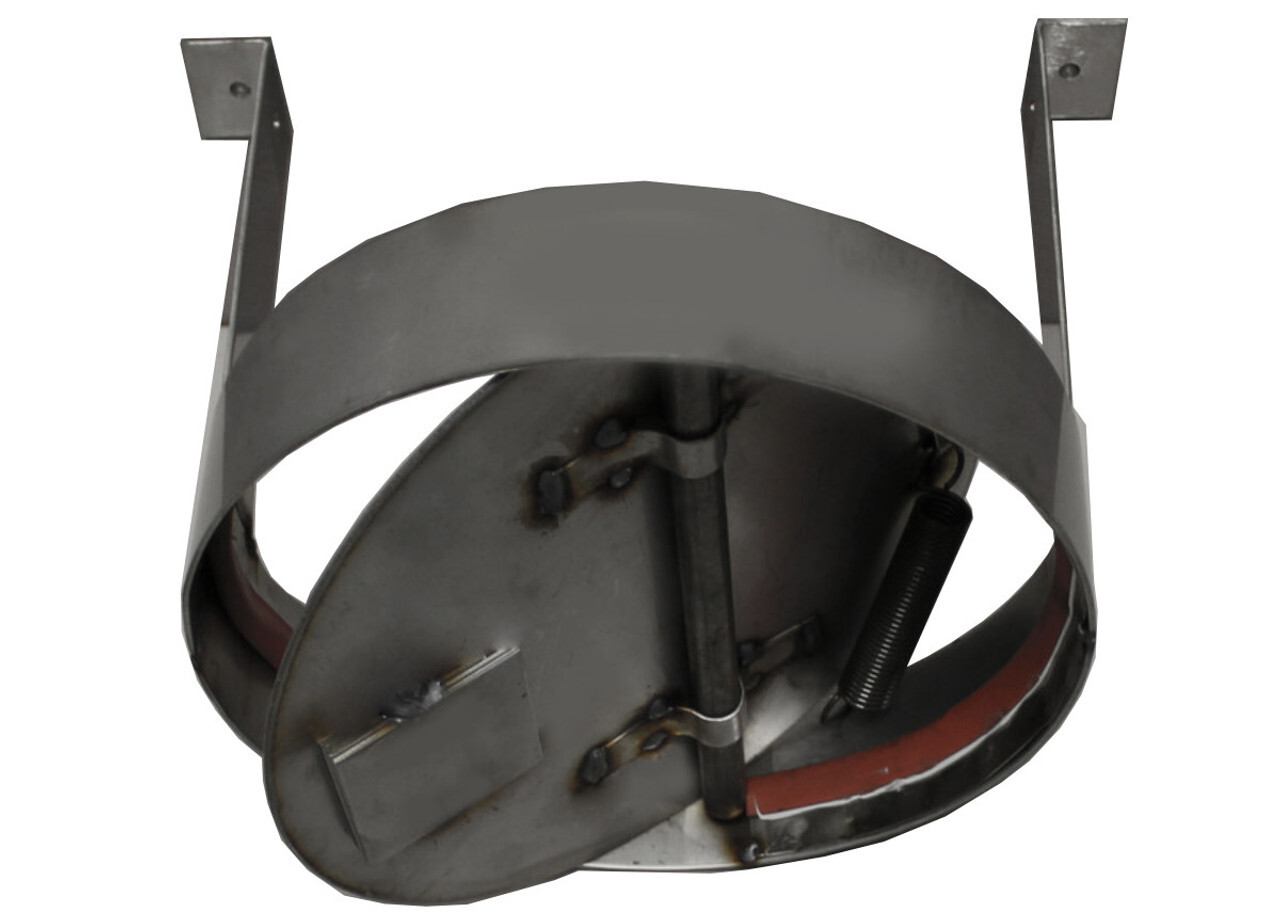
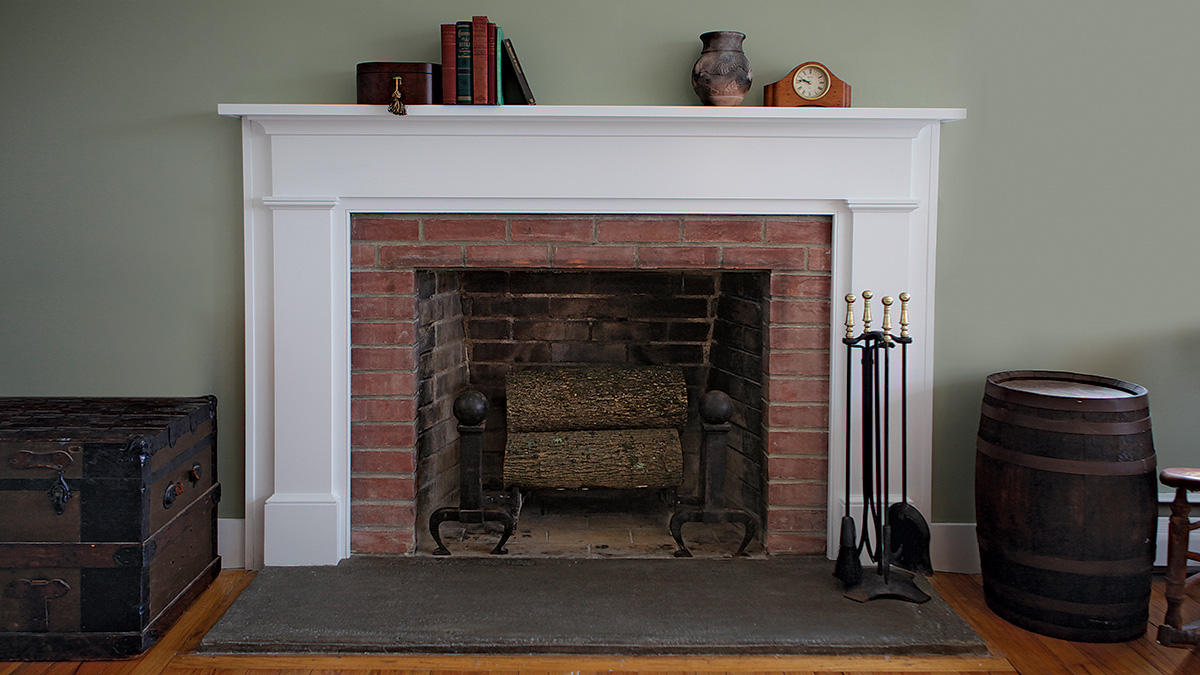
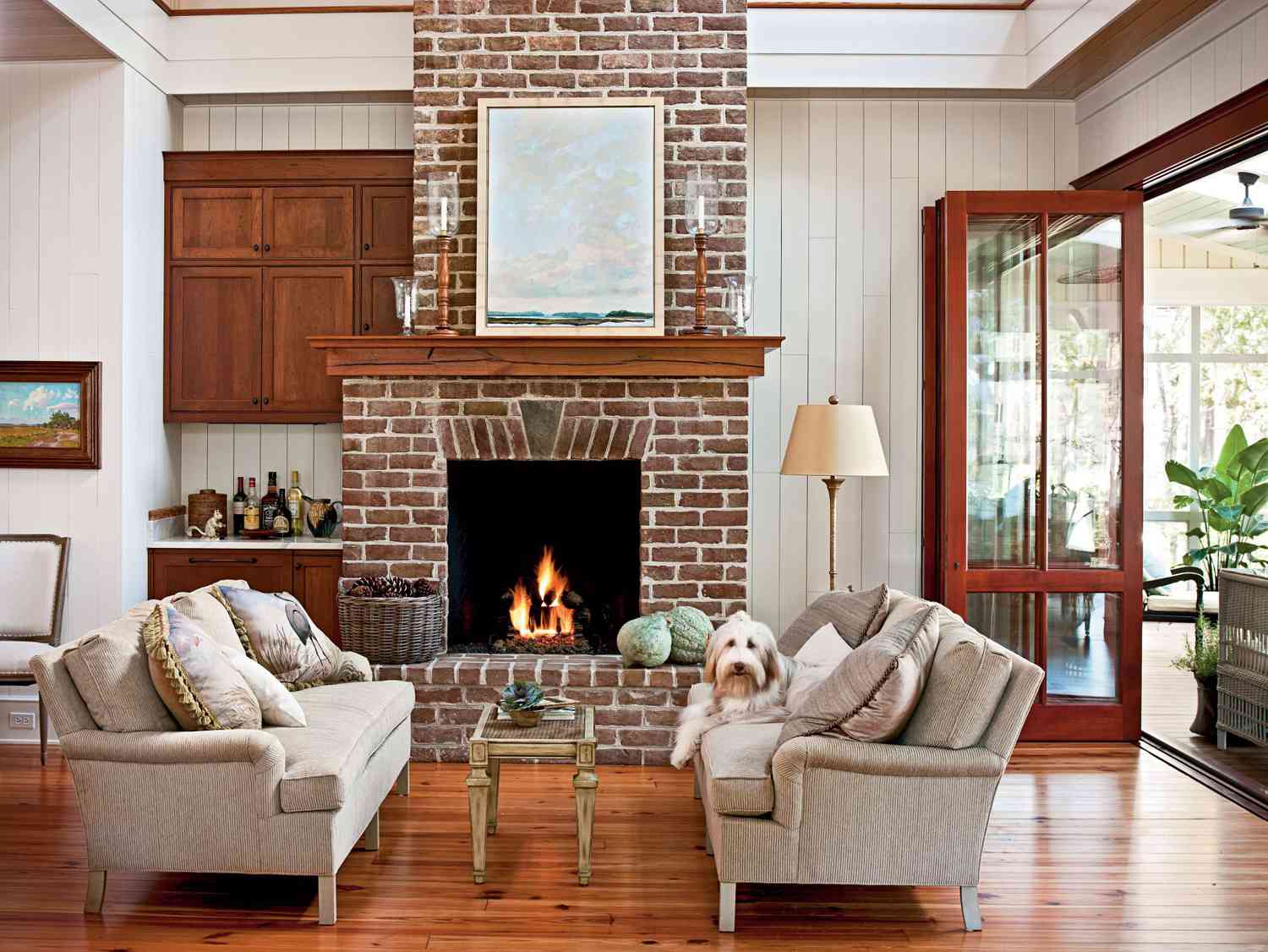

0 thoughts on “What Is The Appropriate Fireplace Grate Size”